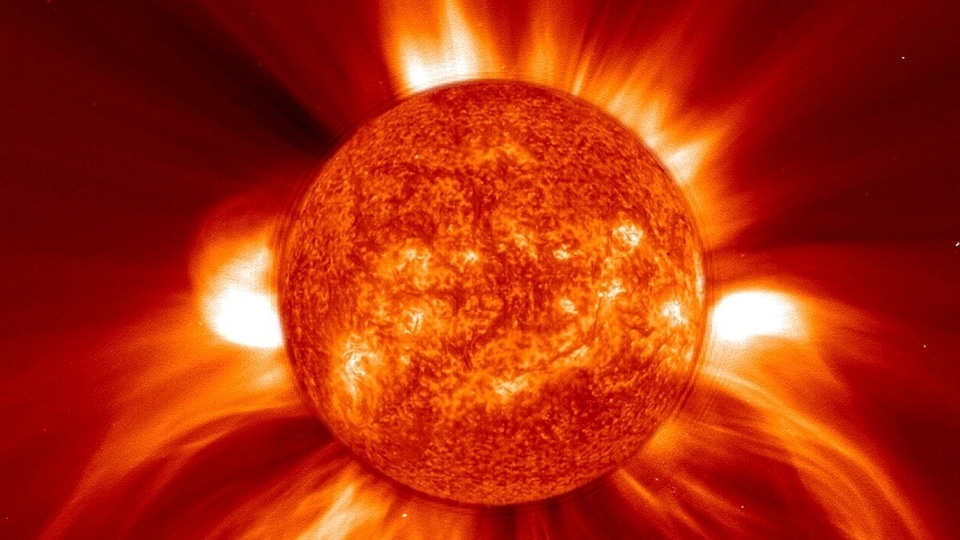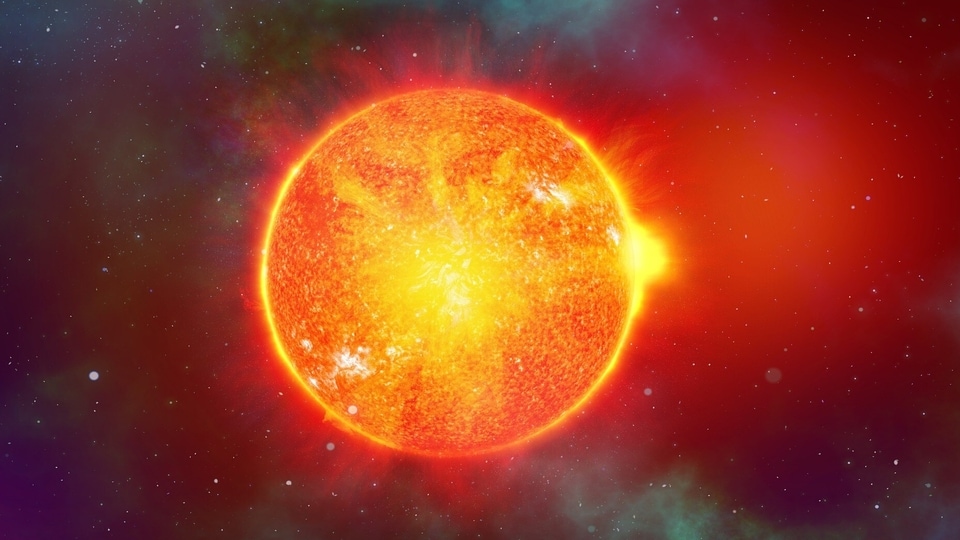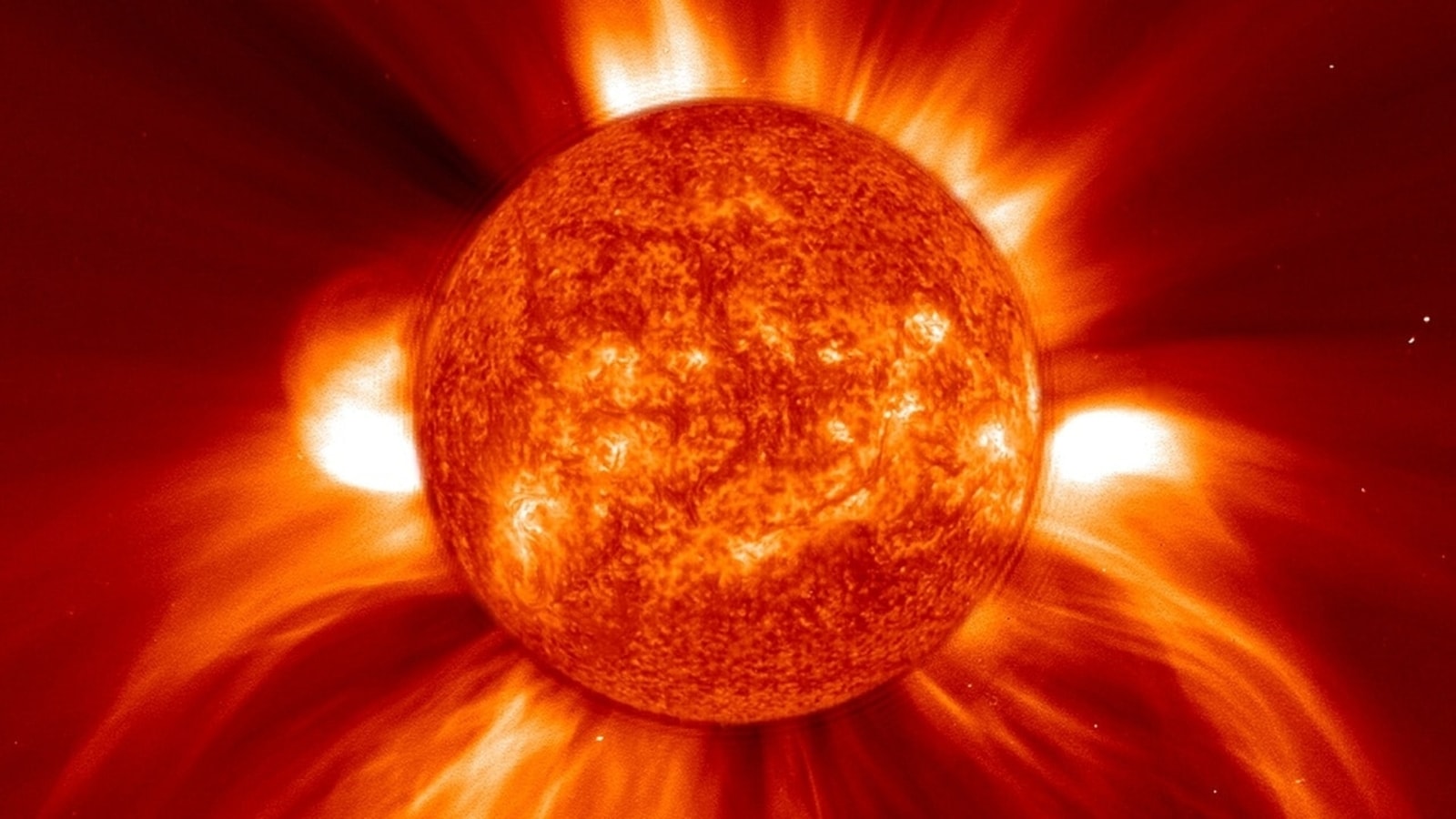All about the fiery explosions on the Sun - know what are solar flares and CME
Solar flares happen when energy stored in twisty magnetic fields above the Sun's sunspots is suddenly let loose.






 View all Images
View all ImagesOver the past few months, as the volatility of the Sun increases, solar flares have been in the news constantly. Do you know what they are and how can they affect us? The Sun has been putting on a dazzling display of its power, and it's only going to get more exciting as we approach the peak of Solar Cycle 25, expected around 2025. But what's all the fuss about? Well, the Sun has some incredible phenomena like solar flares and coronal mass ejections (CMEs), that can affect us here on Earth. They are said to even affect electric infrastructure on Earth.
Understanding Solar Flares
Imagine the Sun as a giant cosmic firework show. Sun shoots out bursts of energy called solar flares, which are like spectacular explosions on its surface. According to ESA, these flares happen when energy stored in twisty magnetic fields above sunspots is suddenly let loose. These flares have the capacity to heat up stuff around them to millions of degrees and across the electromagnetic spectrum, they produce a burst of radiation.
Scientists categorise solar flares on the basis of their brightness in the X wavelengths.
X-class flares: These are big in size and they can have greater impacts. They're major events that can even mess with radio signals all over the world and create long-lasting radiation storms way high up in the sky on Earth.
M-class flares: They are medium-sized flares. They cause brief radio disturbances, mostly around Earth's polar regions. Sometimes they bring along minor radiation storms too.
C-class flares: These flares are the little ones. They're not very noticeable to us on Earth, kind of like small sparks in a firework display.
But that's not all. There's another player in this cosmic drama – coronal mass ejections (CMEs). These are like huge bubbles of gas with magnetic lines woven in. They burst out from the Sun over several hours, but they're not always associated with solar flares. These CMEs can be a bit troublemakers when they collide with Earth. They can set off geomagnetic storms, which can cause problems like power outages and even mess with satellites that help us communicate. They have the capability to damage electronic gadgets and satellites, and can even be a bother for astronauts and passengers in airplanes way up there.
Solar flares can directly affect things like Earth's ionosphere and our radio signals. They also send energetic particles into space. In order to prevent any damage to Earth from solar flares and CMEs, understanding them is necessary. Therefore, scientists are continuously observing and studying them so that we can be prepared for the consequences.
Catch all the Latest Tech News, Mobile News, Laptop News, Gaming news, Wearables News , How To News, also keep up with us on Whatsapp channel,Twitter, Facebook, Google News, and Instagram. For our latest videos, subscribe to our YouTube channel.































